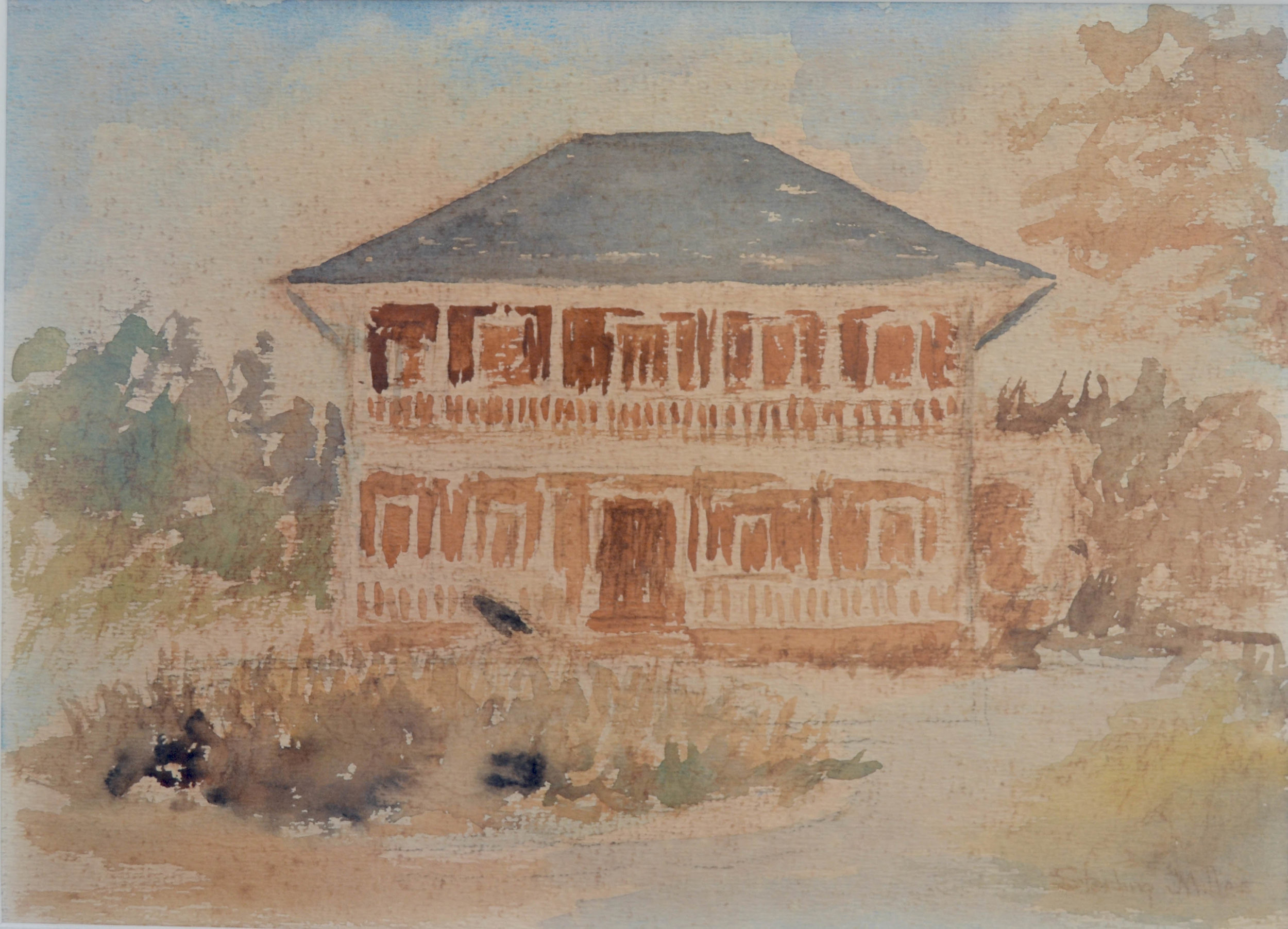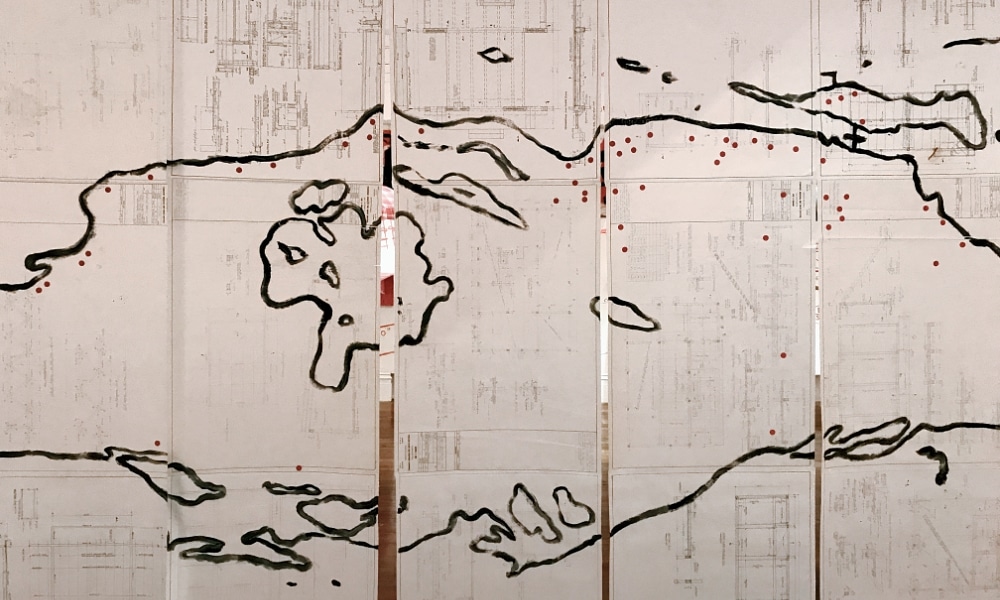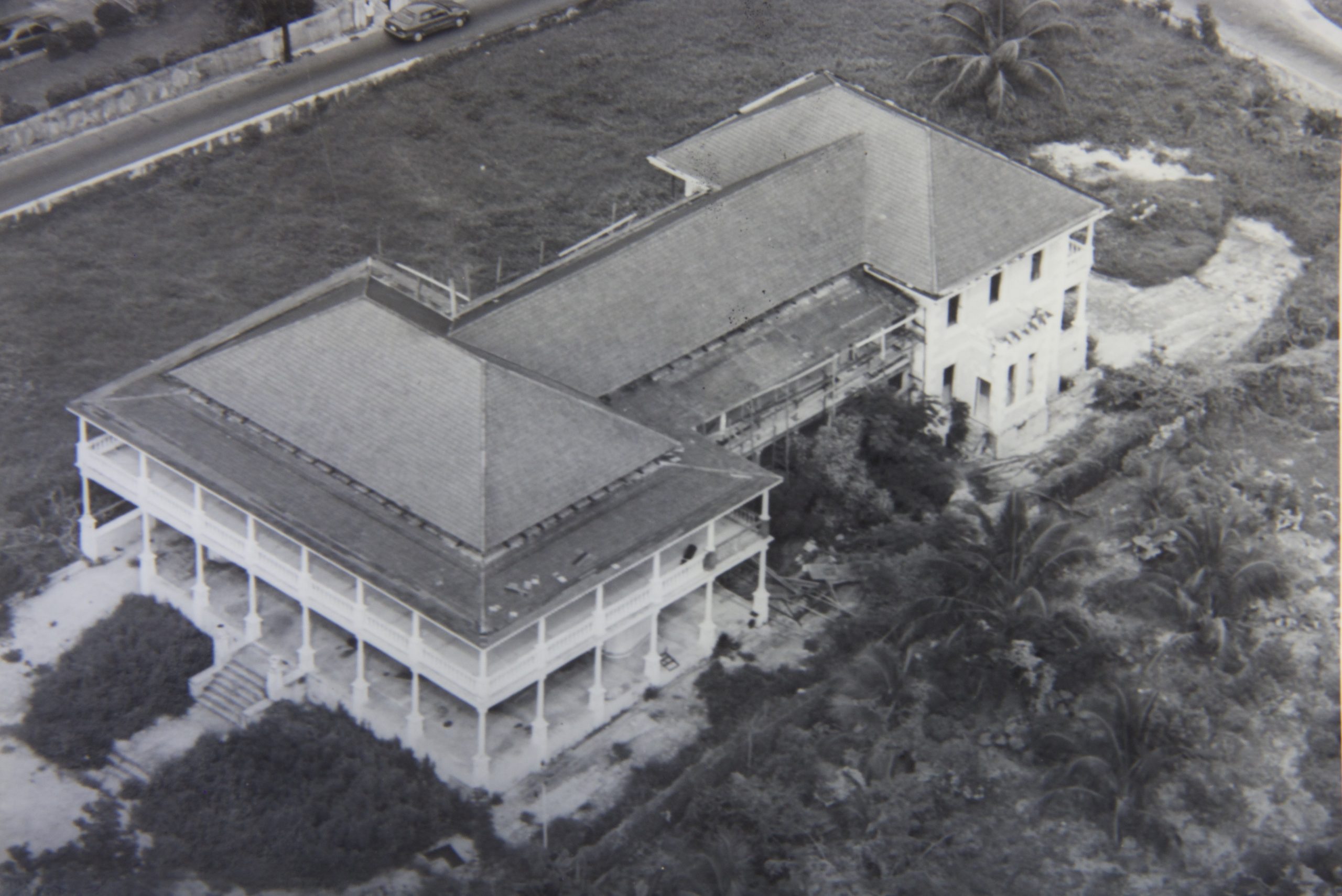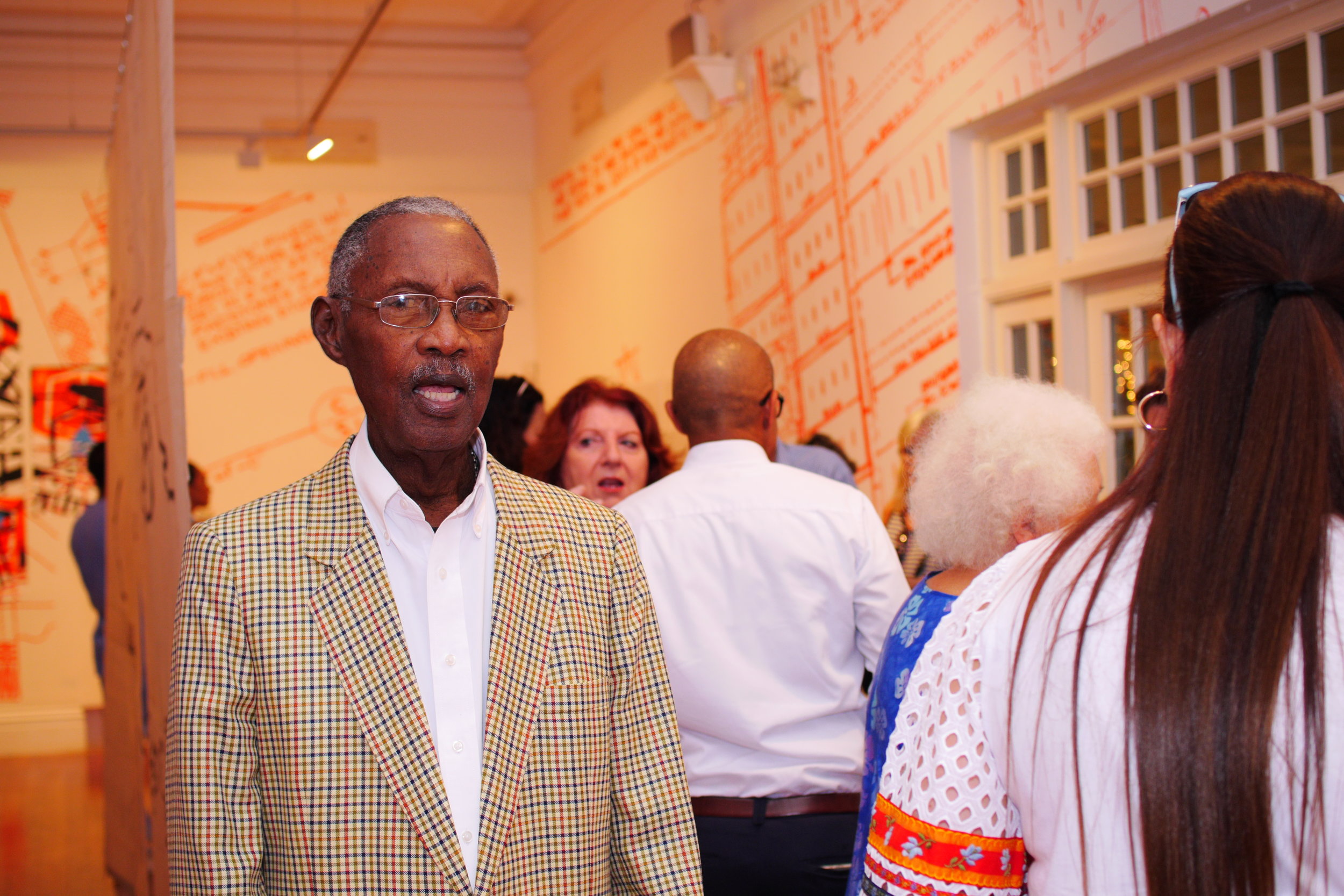Demure Facade, Colourful History: Sterling Miller’s “Villa Doyle” (ca. 1969)

The Villa Doyle, the grand stately home of old that the National Art Gallery of The Bahamas (NAGB) currently resides in, is a surprisingly tough space to work in. It is undeniably beautiful, but the beauty of its architecture is also marred with the knowledge of the difficult time of its construction. Built in 1862 (with an expansion to include a ballroom in the 1920s), the Villa was first the home of the then Chief Justice of The Bahamas, Sir William Doyle – of whom the building is his namesake. There are a few old photographs and a couple of artworks knocking around the National Collection of this peculiar and stunning space we now call home, and one such work is by Sterling Miller.

Miller, an African American hailing from Chicago, has little by way of biography outside of “Love & Responsibility”, the catalogue for the Dawn Davies Collection, but we do know a few things. He emigrated to New Providence and married a Bahamian woman from San Salvador, teaching art and painting the landscape. He later moved to San Salvador to take up the gospel as a minister. It is believed that he returned to Chicago following the death of his wife and that many of his paintings, primarily oil and watercolors, were produced between 1950 and the 1970s. This particular watercolor, Villa Doyle (ca. 1969), was recently gifted to the museum (by the very generous Jane and Anders Wiberg) and gives us a moment to think about the weave of the building’s history.
Built by Chief Justice Sir William Doyle to serve as his family home, the building has changed hands through several prominent Nassuvian residents. From Sir Walter K Moore (President of the Legislative Council), the Villa was sold to Baroness Von Hoyningen Huene – more commonly known as Nancy Oakes. The Baroness’ father is the infamous Sir Harry Oakes (after whom Oakes Field airport expansion was named) who came to a violent and mysterious end in 1943. The late Sir Harry Oakes was friendly with the then-Governor of The Bahamas, the Duke of Windsor (who was essentially exiled to the islands during WWII for his position as a Nazi sympathizer), who personally took interest in leading the case and censoring it from the press – which of course proved unsuccessful due to Oakes’ social status.
The building had new owners yet again – sold from the Baroness to Mr. Keith Aranha, and then things remain quite unclear – the building fell into ruin shortly after Independence until it was acquired by the government through an act of parliament in 1991 to be restored and transformed into the NAGB we know and love today.
Since reopening its doors to the public in 2003, we have been curating bedrooms, living rooms, a bathroom, and a ballroom into exhibition spaces. With the building very much still remembered in the neighbourhood as a private home, along with the imposing colonial facade, it can be difficult for some to feel invited. It’s big, it’s fancy, and it isn’t the most inviting in that sense, but through mural projects and outreach, and sweet simple watercolors like Miller’s, we find ways to break down the colonial barriers to access and open up this space that is your home for Bahamian art.


